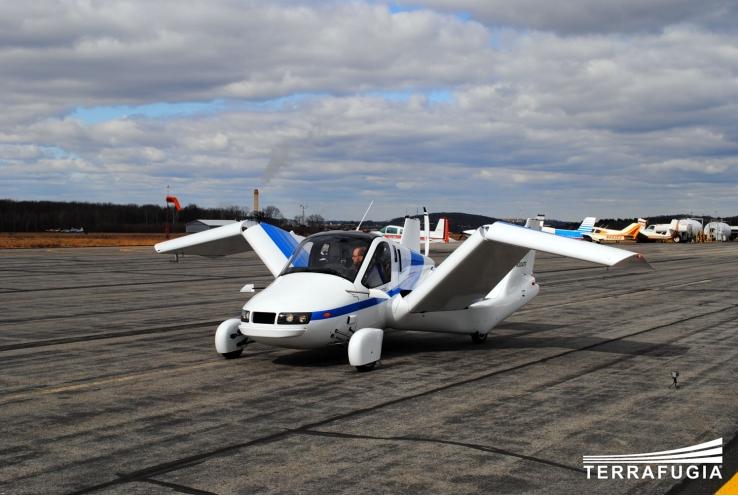
Most people don’t think of the flying automobile as a modern vehicle – or even a historical one. Until now, it’s been more of a staple in the movies. That could be changing, however, with the recent flight of the Terrafugia Transition®. This vehicle takes off, achieving full flight before landing on an air strip. After folding up its wings, it can be driven home and parked in the garage. It is legal to take on the highway and fly in and out of select airports. It will soon be for sale with a price tag of about $300,000.
Modern Auto Flight
The Transition took flight earlier this week at the Experimental Aircraft Association’s (EAA) AirVenture Airshow in Oshkosh, Wisconsin. One of more than 10,000 experimental aircraft to be seen at the show, the vehicle drove one lap around the track as an automobile, then flew for its second lap. As the possibility of flying cars takes realistic shape, so does the possibility for reliable and cost-effective parts in the design and manufacturing phases for other similar vehicles. Silicone rubber parts can be used for many things, including as gaskets to seal engine compartments and plug crevices in the cabin of flying vehicles to help make them both airworthy and roadworthy. They can also be used on control boards to operate landing gear, fold up wing flaps and adjust altitude.
Using Silicone Rubber Molding for Flying Cars
Consider the fact that liquid silicone injection molding can be created to fit nearly any shape to a very tight tolerance and can withstand heavy winds and high temperatures. It’s already used in automobiles for grommets, control pads, and as insulators for parts and wires. Silicone rubber molding components are also already used regularly in aircraft in the form of gaskets, insulative coverings and custom keypads, to name a few.
Historical Reference
The Terrafugia Transition has been in the developmental stage for several years, but it was not the first flying car. The first flying automobile was actually created by Waldo Waterman. The Arrowplane flew on Feb. 21, 1937, reaching 112 milers per hour in the air and 56 on the ground. It was powered by a Studebaker engine with a propeller mounted in the back of the vehicle to help it take flight. While it never became a modern-day vehicle of popular use, a later version of this roadable aircraft did manage to become an exhibit in the Smithsonian National Air and Space Museum. Waterman did create other versions of what he later renamed the Aerobile, using auto parts to maintain the look of a car while using a single wing to make it fly.
The vehicle that can drive on the road and fly in the air is no longer an idea best saved for movies and museums. As the designs for flying cars, solar planes and other experimental aircraft come into being over the next several years, look for silicone rubber molding components to be a vital part of form and function.
SiTECH can manufacture quality custom keypads and silicone rubber molding parts for any type of vehicle, including boats, cars, aircraft and spacecraft. Contact us to learn more.





